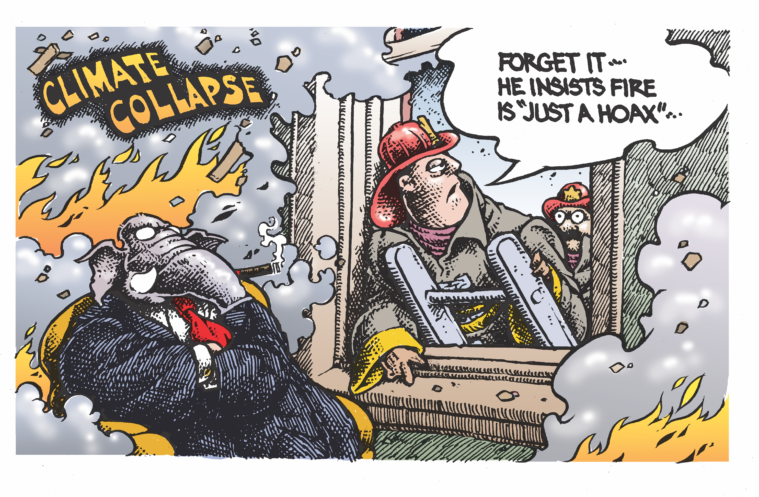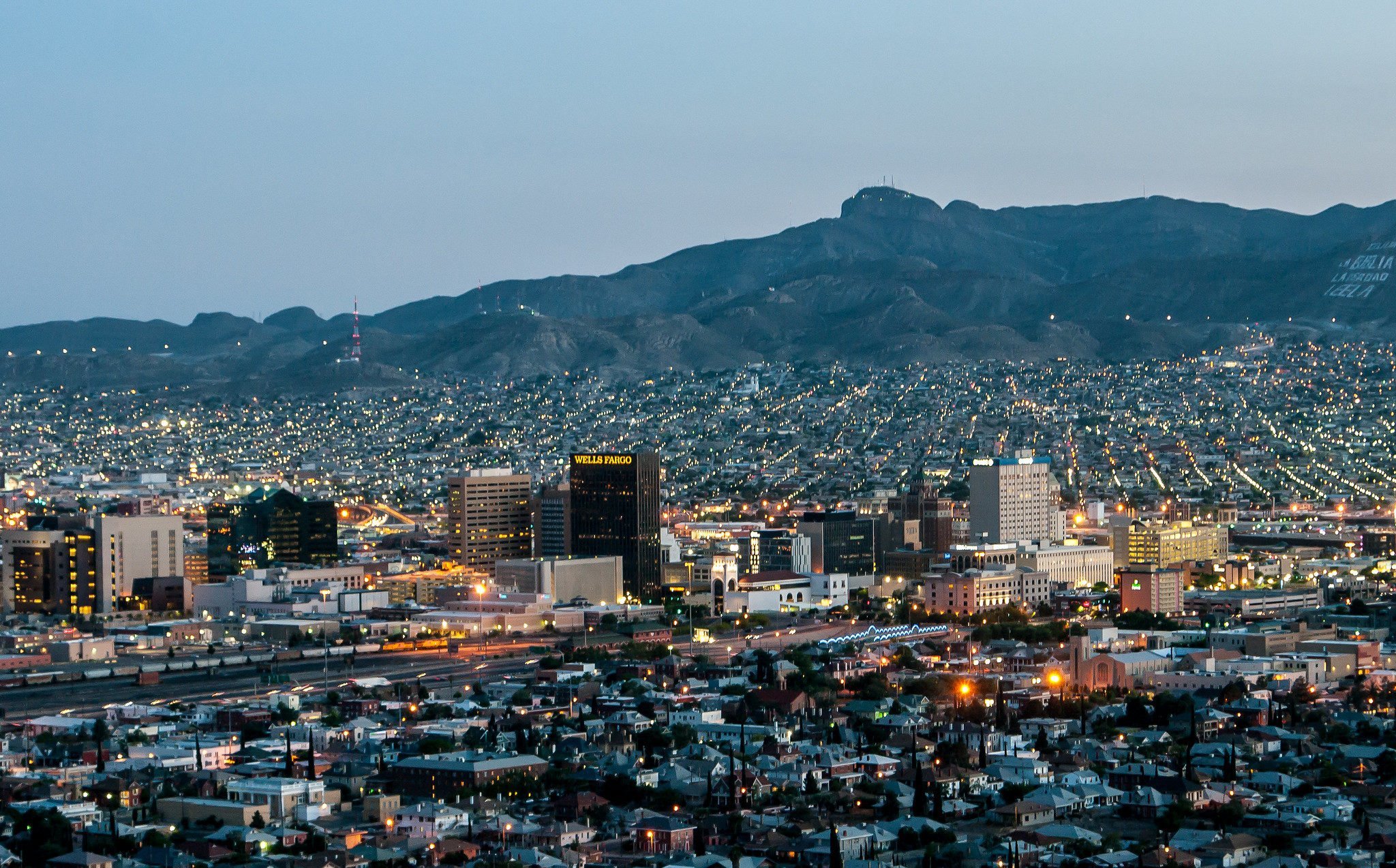
What the New Climate Change Report Means for El Paso and the Southwest
The 2021 findings displayed a damning picture of results scientists warned of 30 years ago.
Above: The border town of El Paso with Juarez, Mexico in the background south of the Rio Grande River in 2017.
This story was originally published by El Paso Matters.
The Southwestern United States is on the frontlines of climate change and the decades-long effects on the El Paso area will likely worsen, local and regional experts said, unless international governments curb fossil fuel emissions.
The Earth’s climate has undergone “unprecedented” and rapid change due to human activity but there is a small window to mitigate the consequences of catastrophic warming, climate experts said in a wide-ranging United Nations report released Monday.
The global impacts of climate change will worsen unless governments dramatically cut the world’s greenhouse gas emissions immediately, the report warned.
El Paso is already in the middle of a 20-year megadrought and hotter temperatures which have impacted regional access to water.
“We’ve seen in the last decade or so that the Rio Grande water supply is becoming less and less reliable, and that’s certainly going to be the case in the future. And what that does then is it places greater reliance here on groundwater,” said Alex Mayer, a professor of civil engineering at University of Texas at El Paso.
The warmer climate has already stressed streamflow of the Rio Grande, which the city of El Paso relies on for a large part of its water supply for everything from drinking to landscaping and agriculture. To make up for river losses, both cities and agriculture have relied on groundwater consistently pumping more than the water system can recharge over decades, Mayer said. Water utilities will work to find additional water, through desalination, or importing, he said, but at a significant cost that consumers will be forced to pay.
“One concern my colleagues have is, are we going to get to the point so where the water bill, especially for lower income people, is going to become a significant part of their budget?” Mayer said. “We have to be really careful that we’re not going to make ‘haves’ and ‘have-nots’ when it comes to water.”
Mayer also said higher temperatures pose a public health threat to people who can’t afford or access electric air conditioning.
“I’m really worried about how people are going to survive, even right now with the climate we have and the climate that we’re going to have in the future as it continues to get hotter and hotter,” Mayer said.
Even if all emissions stopped instantly, the consequences of the 1 degree the climate has warmed on average over the past century will continue to impact the region.
“It’s becoming more and more apparent that all but the most optimistic models that we’re using show that on average, the water supply in the Rio Grande is going to be reduced by at least 10%. And the more dire models predict at least 20%,” Mayer said.
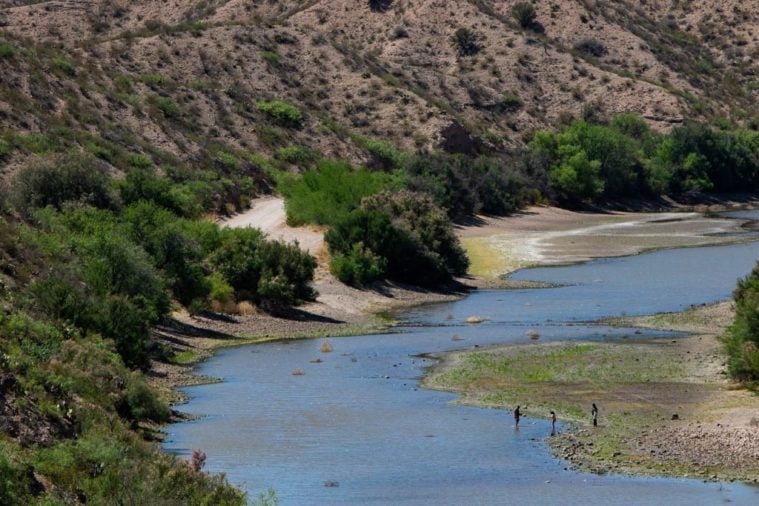
Mayer said it’s important to note that the world’s governments still have time to take action.
“If I didn’t feel like people could still change, I’d have to quit my job,” Mayer said. “I try to remain optimistic that governments and people are willing to do things that will reduce their use of fossil fuels, and I hope the report encourages that.”
Environmental advocacy groups reported mixed emotions about the climate change report, saying despite “terrifying findings” they hoped it would push local leaders to reduce emissions and persuade more people to get involved in regional issues.
Mona Blaber, a spokeswoman for the Sierra Club Rio Grande chapter, which spans from New Mexico into El Paso, Hudspeth and Culberson counties in Texas, said she hoped to see more people getting involved.
“There’s a fine line between motivation and ‘I’m just one person, what can I do,’ despair,” Blaber said. “There’s a lot of work to do.”
Two other working groups studying impacts and solutions are expected to release their findings in 2022, when the full report will be compiled together.
The 2021 findings displayed a damning picture of results scientists warned of 30 years ago.
“Human-induced climate change is already affecting many weather and climate extremes in every region across the globe. Evidence of observed changes in extremes such as heatwaves, heavy precipitation, droughts, and tropical cyclones, and, in particular, their attribution to human influence, has strengthened since (the previous report released in 2013),” the summary said.
That means El Paso sits in a different Southwest than it did just a decade ago.
“The Southwest is a hotspot for climate change. All of the emissions scenarios, even the low emission scenarios, show that our region will be getting drier,” said Jessica Tierney, an associate professor at the University of Arizona, who was a lead author on a portion of the report on drought impacts.
“Even though we often think about drought as affected by rainfall, it’s actually higher temperatures that are driving our region toward a drier future,” Tierney said.
Climate science has changed a lot in the past eight years, giving scientists more certainty that human activity, and not just accepted climate variability, has caused more extreme weather, Tierney said. A combination of improved climate modeling, more robust data collection, and an increased scientific focus on climate change helped show extreme weather events as exceptional — meaning they would not have happened without climate change.
“Science has improved to the level where we can identify the fact that humans’ increase in emissions are responsible for droughts, like the drought in 2012 through 2014” in the Western United States, she said.
Tierney studies paleoclimatology, which uses natural records to paint pictures of Earth’s past climate. This understanding of the past helps scientists know what the future climate could look like.
The U.N.’s Intergovernmental Panel on Climate Change informs scientific understanding about climate change by having hundreds of scientists, economists and other experts examine climate from scientific, social and economic angles. The first of three work groups released their findings Monday in a 4,000-page report written by more than 200 authors examining and researching the changes in sea levels, ice caps, different portions of the Earth’s atmosphere, water cycles and extreme weather.
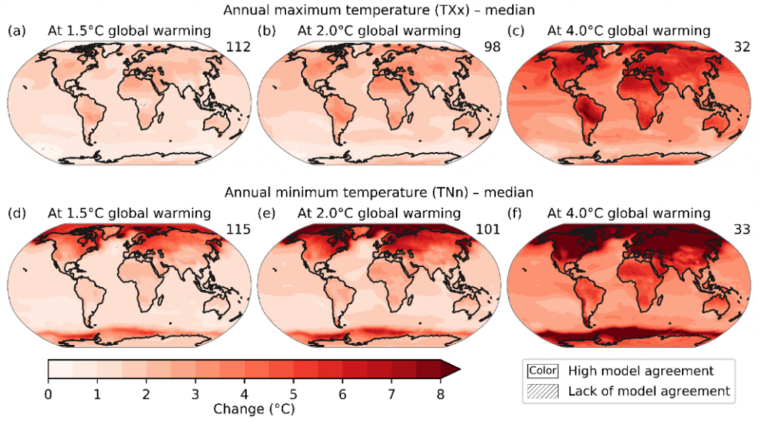
The first IPCC convened in 1988, calling on governments to prevent the “profound consequences” of the greenhouse gas effect, where emissions like carbon dioxide, methane, black carbon and other pollutants and aerosols trap the sun’s heat, and increase warming.
Almost every nation signed the Paris climate agreement in 2015, aiming to keep global temperatures from rising 2 degrees Celsius (3.6 degrees Fahrenheit) over pre-industrial levels, when the impacts, such as melting ice caps, are irreversible. “Aspirational” plans would prevent reaching an increase of 1.5 Celsius (2.7 degrees Fahrenheit).
Countries like the United States, Russia and Saudi Arabia are burning many times their climate goals, failing to meet the standards they set for themselves, according to the National Geographic climate report card.
Without drastic cuts to fossil fuels in the next few years, the report predicts that we could see a rise of 1.5 Celsius by the mid-2030s.
The latest report urgently calls for limiting greenhouse gases by reducing carbon dioxide emissions to net zero, and “strong rapid and sustained reduction” for methane, which would also improve air quality.
The report said that the impacts would not be immediate, but would avert the most dire scenarios of global heating and compounding extreme weather events such as projections rising about 2 Celsius.
“Scenarios with very low or low (greenhouse gas) emissions would have rapid and sustained effects to limit human-caused climate change, compared with scenarios with high or very high (greenhouse gas) emissions,” the authors wrote in a summary for policymakers.
While current levels of carbon dioxide are unprecedented for modern humankind, these levels existed in much warmer periods like the Pleistocene, which was between 2,000 and 11,700 years ago, and much higher levels 50 million years ago. But those changes occurred from volcanic disruptions and solar changes over long periods of time, rather than emissions.
“The things that were living in those warm worlds were adapted to it,” Tierney said. “The major difference now is that we’re changing the climate so fast, faster than anything we know about on the geological record. It’s just a fact that ecosystems and people can’t really adapt to it very well.”
The IPCC report projects outcomes for high emissions and low emissions outputs to show the full range of possible futures depending on policymakers’ decisions.
“The takeaway is the less we emit, the more we can avoid a worst-case scenario,” Tierney said. “There really needs to be a priority on cutting emissions sooner, rather than later.
Almost three-fourths of the world’s emissions are from the energy sector, according to The Center for Climate and Energy solutions, a Virginia-based independent nonprofit working to reduce greenhouse gas emissions.
Countries burn greenhouse gases for electricity, heating and cooling, manufacturing and construction, and transportation. Other emissions are caused by agriculture, industrial processes, deforestation and waste.
You May Also Like

The Epic Texas Panhandle Fire Is Just a Preview
Texas officials go to bat for oil and gas while the climate-fueled Smokehouse Creek Fire still rages.
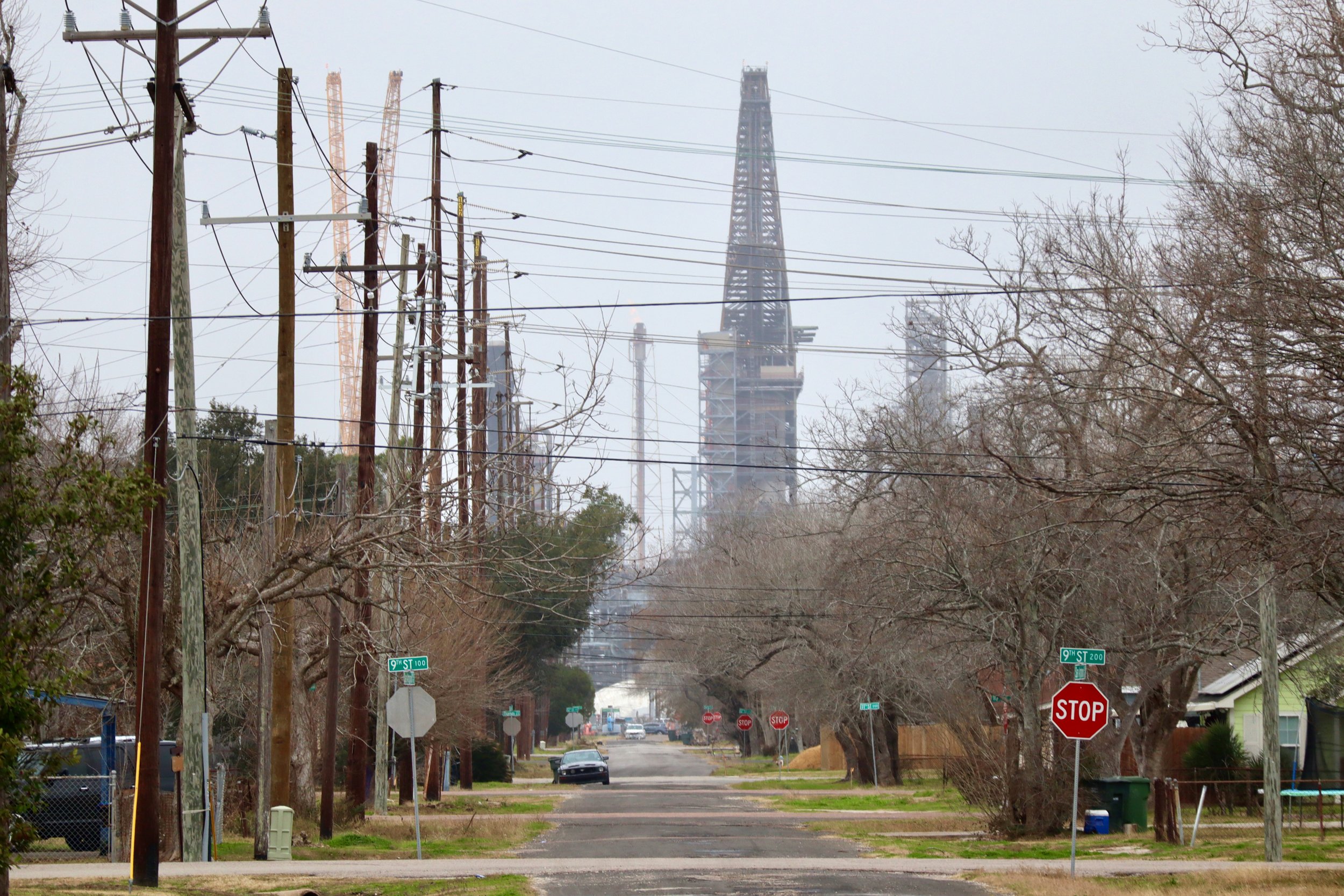
Port Arthur’s 30-Year Fight for Environmental Justice
A report from the fencelines in the booming Southeast Texas petrochemical corridor.
